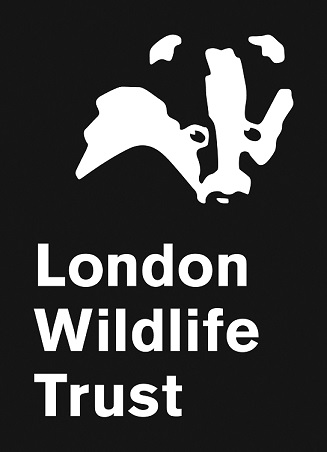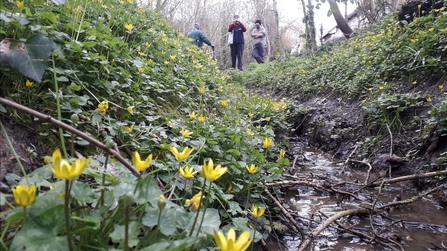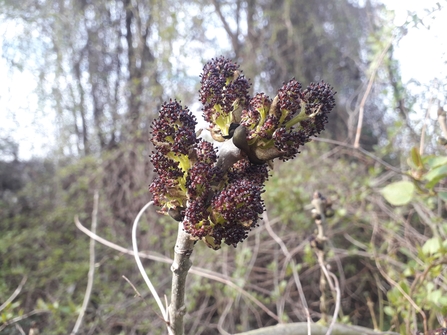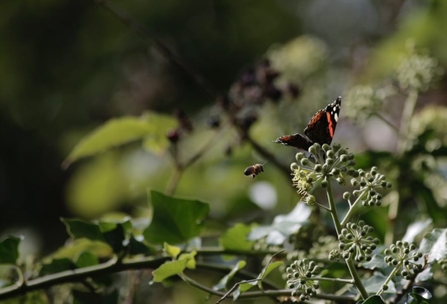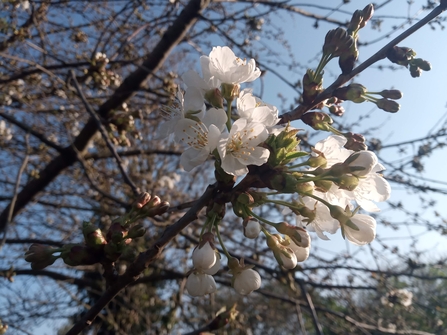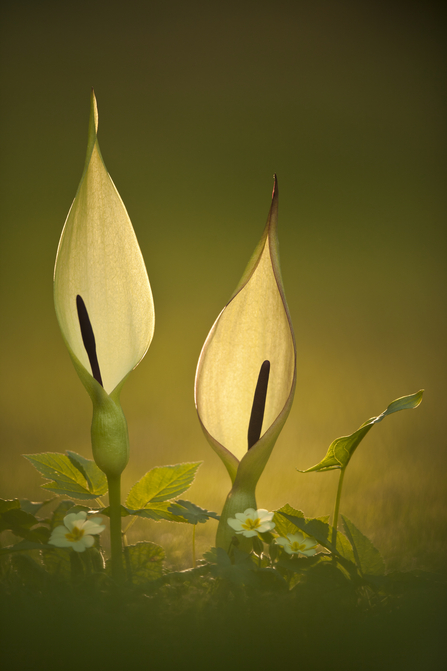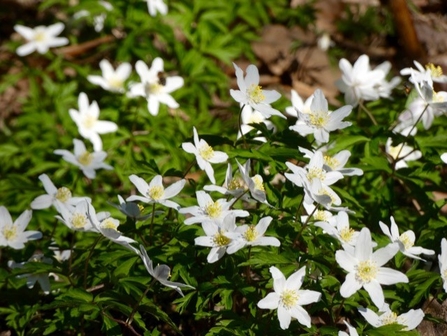Flowers are the sexual organs of the plant kingdom; they range from inconspicuous and green to big, flashy and vividly coloured and employ a range of strategies to transfer pollen from the male anther to the female stigma. Bees and other pollinators rely on a host of species with different flowering times to keep them supplied with nectar and pollen throughout the months that they are active. Wind pollinated trees bloom early, before their leaf buds burst, so that pollen can drift, unimpeded, through the leafless branches. In fact, flowers of some sort can be found throughout the year, even in bleakest mid-winter. Each year intrepid volunteer botanists wake up on New Year’s Day to take part in the New Year Plant Hunt, organised by Botanical Society of Britain & Ireland, and find hundreds of wildflowers in bloom, many of which are autumn flowering species taking advantage of our increasingly mild winters to flower later and for longer.
Woodland habitats support a multi-layered abundance of flowering plants, from the wildflowers and grasses of the woodland floor and the shrubs of the understory, to the trees themselves and the climbers that link the layers together. Across the remnant sites of the Great North Wood we find a host of woodland specialist species, combined with more recent introductions and the sun-loving plants of woodland edge and grassland that thrive where the woodland opens up into glades and meadows.
